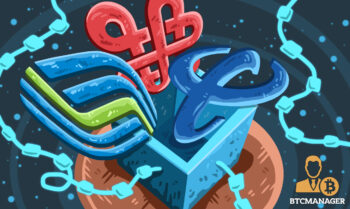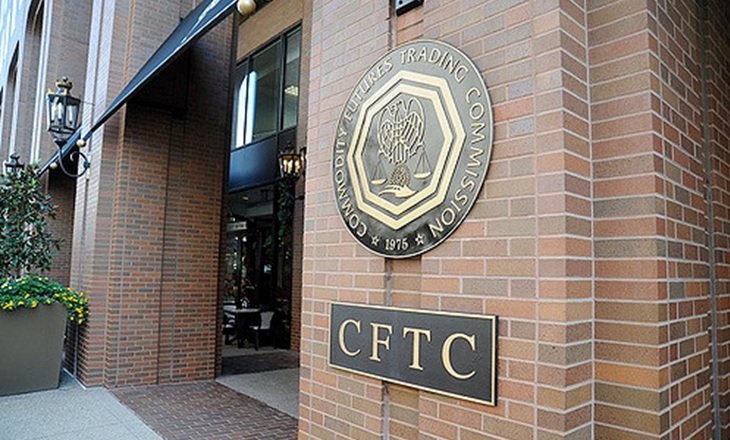2018-7-31 20:32 |
Blockchain technology has earned a great name for itself, as many industry leaders have turned to its likes to resolve existing issues and to focus on ways to maximize on efficiency, security and reduced costs to name a few. Unfortunately, user adoption remains a problem, as convincing a newbie on the technology and cryptocurrencies, can be perceived as “overwhelming” or “confusing”.
How can one introduce the relatively new market and technology to those who have yet to hear about it? Blockchain at Berkeley’s very own Wesley Graham and Robert Greenfield have shared a post that expands on what they believe is missing within the blockchain sector. Given that those four factors are included, they trust that the problem of user adoption will gradually disappear.
4 Key Improvements The Crypto Industry NeedsWhat are the four key points made? Here is a breakdown of each one:
#1 “No-Knowledge Wallets, Interfaces And Exchanges”The two have argued that the way in which blockchain is typically introduced to non-users is “highly confusing,” adding that upon logging into blockchain interfaces, technology is highly focused upon, as well as its volatility. According to the duo,
“The first and most simple infrastructure improvement necessary for blockchain system is … the creation of a user experience that doesn’t mention blockchain – or cryptocurrency for that matter.”
The post elaborates on the fact that most users have anxiety when they hear terms like “cryptocurrency” and “blockchain”, hence allowing one to experience the exchanges and wallets without such mention might be far more attractive for users.
It was also suggested that user-friendly log-in systems need to be incorporated, especially those that are similar to traditional systems. Ultimately, the creation of such tools can potentially “allow users to gain value without requiring knowledge,” adding that this alone can increase user adoption.
Another reason made to back up this factor is that of an exchange’s design. An example of Coinbase was provided, where it was noted that users will immediately get an “investment-platform” like feel. To eliminate this, it was advised that stablecoins should be included along with cryptocurrencies that are similar to what users are familiarized to.
#2 “A Centralized Solution To Interoperability, Scalability And Liquidity”The argument here is that in order to fight against issues such as scalability, the present must be considered, and that requires the “creation of a hybridized service.” With such a service in place, then long-term goals like “decentralization” will be possible.
Four additional points were made following the need for hybridized solutions, which include ensuring that access to blockchains and DApps are present, the use of “friendly marketing language” to encourage more investors into the market, “reputation systems” to enhance trust and accessibility when it comes to purchasing the digital assets as well as different types (like stablecoins).
The post provides clear examples as to what a new user would expect from blockchain technology and the use of cryptocurrencies.
In particular, it was noted that users would want to move their money from platform to platform, have a clear understanding as to what goes on during a transaction, similar “Deposit Confirmation #’s” to that of traditional systems, a receipt that shows who is involved in a transaction, and lastly, being able to pull out money without “feeling trapped”.
For all of the above-mentioned to be satisfied, a “fiat-to-crypto liquidity” must be implemented that way users will feel comfortable with the market. Some possible standards that will be required include, how the bank recognizes stablecoins. In addition, fiat-to-crypto conversions can be helpful in using debit cards on the front-end of a transaction, while converting to DAI in the back-end.
#3 “Digital Reserves” – Going From “Exchange” To “Convert”This point revolved around the notion of converting cryptocurrencies into one’s choice of currency. In particular, the argument was made that,
“as a crypto user, I want a simple tool (i.e. bank) to exist to help me with conversions in a manner where I don’t feel taken advantage of every time I transact.”
To back up the need for additional players during a transaction, it was shared that as reserve management develops, “holding of poorly designed utilities” (i.e. tokens) will make them as an out-dated store of value.
#4 “A Functional Stablecoin That Supports Economic Growth”This factor focuses on how to resist volatility. The case being made here is that “a native asset” is crucial in ensuring people can use it and have some faith in it over their “native fiat currency,” especially for those who have low incomes. With varying income level comes the question as to whether or not one should invest in an asset – and it clearly makes no sense for those who are rather tight to invest in something that can fluctuate between “10 to 15% every week”.
While the highlight of this fourth missing factor seems to be that of a stablecoin, its con has also been mentioned – most of the focus is placed on,
“maintaining stability […] that they forget to foster mechanisms for economic growth.”
Furthermore, the development systems that promote the use of stablecoins through,
“loans, across normal vendor transactions and overall integrating the use of cryptocurrency within the current, legal system to minimize transactional friction,”
are what, according to the post, will promote user adoption and a cashless society.
Do you think that the blockchain industry needs to direct more attention towards user-friendly language and tools, hybrid leverage (i.e. mix of centralized and decentralized), scalability and the need for stablecoins? Are these factors enough to increase user adoption?
origin »High Performance Blockchain (HPB) íà Currencies.ru
|
|























